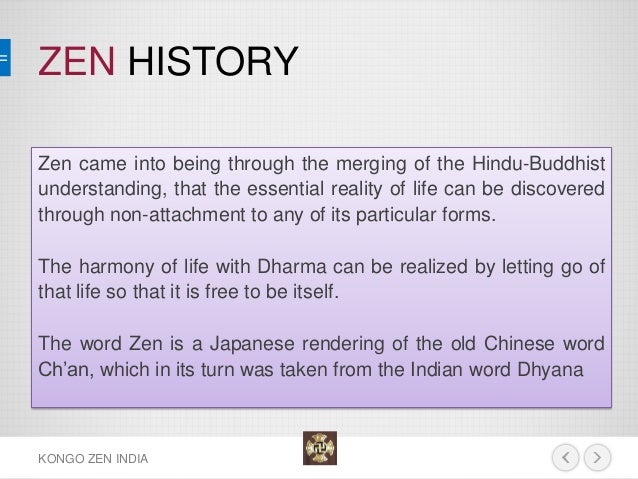

I discuss the nature of awakening inquiry and how to find koans to focus your practice. How do we inquire into aspects of Reality we have not yet even imagined? How do we even know what we don’t know? How can we see what we have not yet seen? How do we even know where to look? In Zen, we do this through the use of koans, whether those are traditional koans or natural ones. When the blind truly open their eyes, they will see there was no elephant there.Awakening Inquiry is aimed at awakening to what I’ve been calling Reality-with-a-Capital-R. Just goes to prove what the story intends to convey. There are many many ways to look at this story and understand it. The origins of this story are unknown but it appears in almost all religious literature through the world. The king and his ministers rolled with laughter as the blind men continued to quarrel and fight with each other. The argument ended up in quarreling and fighting. They started arguing with each other, each sticking to his own point of view. Each blind person had only a one-sided truth. They did not realize that each one touched only a part of the elephant. Thus, each described the elephant differently, but each was sure that his own version was the true description of the elephant. The one who touched the elephant’s tusks, said it was like a spear. The one who touched the trunk said it was like a snake. The one who touched the ear said the elephant was like a fan. The one who touched the body said it was like a wall. The one who touched a leg said it was like a tree.

The man who touched the tail said the elephant was like a rope. He then asked these blind men to touch the elephant and give a description of the elephant to him. He also ordered some blind men, blind from birth, to be brought near the elephant. Once upon a time, there was a king who, wishing to amuse himself, ordered the Royal Elephant to be brought before him. The most famous collections of Koans are found in two books – The Blue Cliff Record and The Gateless Gate. However, with constant practice with a koan, the student’s mind finally falls silent on its own accord and then whatever answer he gives will be spontaneous not based on rational thought. Even if the student realizes that there is no conceptual answer and says so, the master might tell him that knowing it is one thing but feeling it in one’s bones is another. As long as the student keeps giving conceptual answers, the Master keeps sending him away. The mind turns and twists the question to find out its meaning and find an answer in one way or another. The purpose of the koan is to silence the conceptual mind completely as this is essential for awakening.Ī statement that one does not understand makes the mind go on hyper drive. It cannot be understood in conceptual terms at all. HOW DOES THE KOAN PRODUCE ENLIGHTENMENT?Īlthough the koan is a paradoxical statement and appears to be some sort of puzzle it is not something that can be solved using a mental trick. Mumon, a great Zen Master, said to his students that they must make their whole body and mind into the koan in order to penetrate it. If the Master finds evidence to believe that the student has really understood, he will certify the enlightenment of the student else he will drive him away asking him to put in more effort into the koan. When the student believes he found the answer or when the student meets the Master during the scheduled times, he must explain what he has understood. He has to think of the koan while walking, eating, sweeping, and while doing all the daily activities. The student is instructed to constantly keep the koan in mind and try to grasp its hidden meaning. He also explains to the student in private what he must do with the koan.

The Master understands the specific mental snags in the student and gives him a koan which is most helpful in his practice. The Zen student requests the Master to give him a koan for practice. But if you don’t call it short, you ignore the fact.


 0 kommentar(er)
0 kommentar(er)
